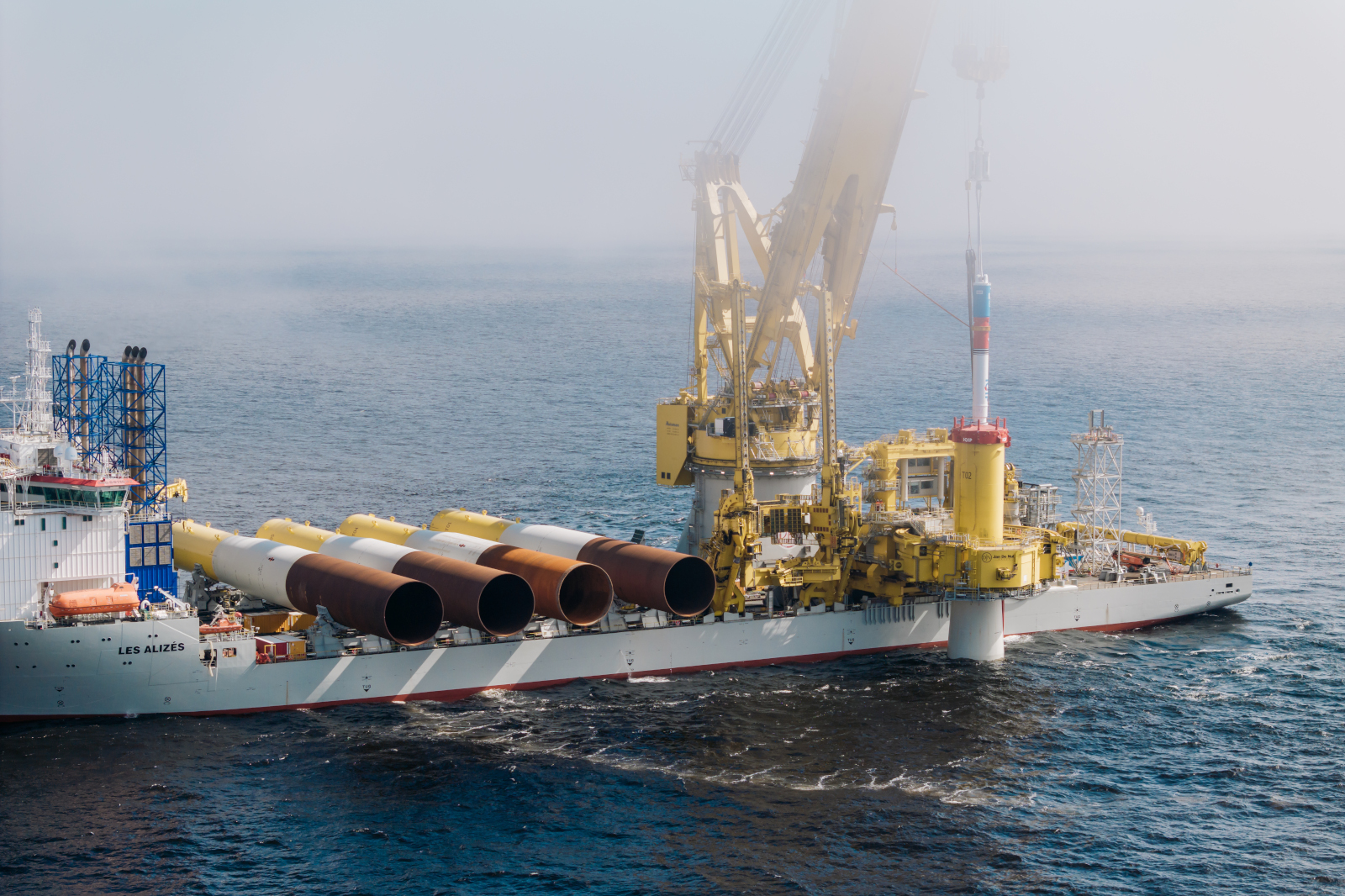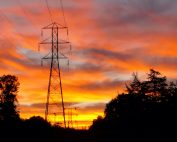Danish transmission operator Energinet said that a new model for paying power producers for transmission network development costs is out for consultation. The new solution is expected to contribute to the efficient use of RES sources and their installation where network capacity is much larger.
The Danish parliament wants new wind, photovoltaic, and other renewable energy sources to be installed in places where the capacity of the transmission grid is greater. In addition, power producers should pay a larger share of the expansion costs for the electric grid that is required due to the growth of their facilities. This should help ensure that green energy is used more cost-effectively, Energinet argues.
– Our job is to make sure that the green transformation happens as effectively as possible. Many more photovoltaic and wind power plants will be built in the coming decades, and from an electrical grid perspective, it is wiser to place them in parts of the country where there is “plenty of room” in the electrical grid than in areas where new plants will require society to expand the electrical grid, explains Marie Budtz Pedersen, Head of Department at Energinet.
The energy transition is causing major changes in the power system as more and more energy will be produced offshore or in areas far from large cities and consumption centers. In each case, there is a need to strengthen and expand the network.
Marie Budtz Pedersen argues that it would be fairer and more cost-effective if, in the future, electricity producers covered a larger share of the costs actually generated by their power plants. Under current regulations, electricity consumers bear a disproportionate share of the costs.
In the June 2020 climate agreement, a large majority of parliament decided that Energinet and national utilities should introduce geographically differentiated connection fees and feed-in tariffs, and that electricity producers should bear a greater share of the costs that come with their new electricity installations. Therefore it was one of the reasons why in December 2021, the Law on Electricity Supply was amended, Energinet reminds.
Under the proposals, it will cost more to connect new power plants to the grid in regions where production is already higher than electricity consumption. On the other hand, it will be relatively cheaper to connect new power plants in areas where there is a production deficit, so it is possible to accommodate new green power without having to expand the electricity grid to a large extent – these areas are currently East Jutland, Funen, and areas of North Zealand and Copenhagen as well as Bornholm.
The consultation will run until 11 March 2022. Energinet will then review and evaluate all comments and suggestions received and send a possibly revised methodology amendment to the Danish Municipal Services Departament, which will have to approve the new rules for calculating network costs.
Source: Energinet














